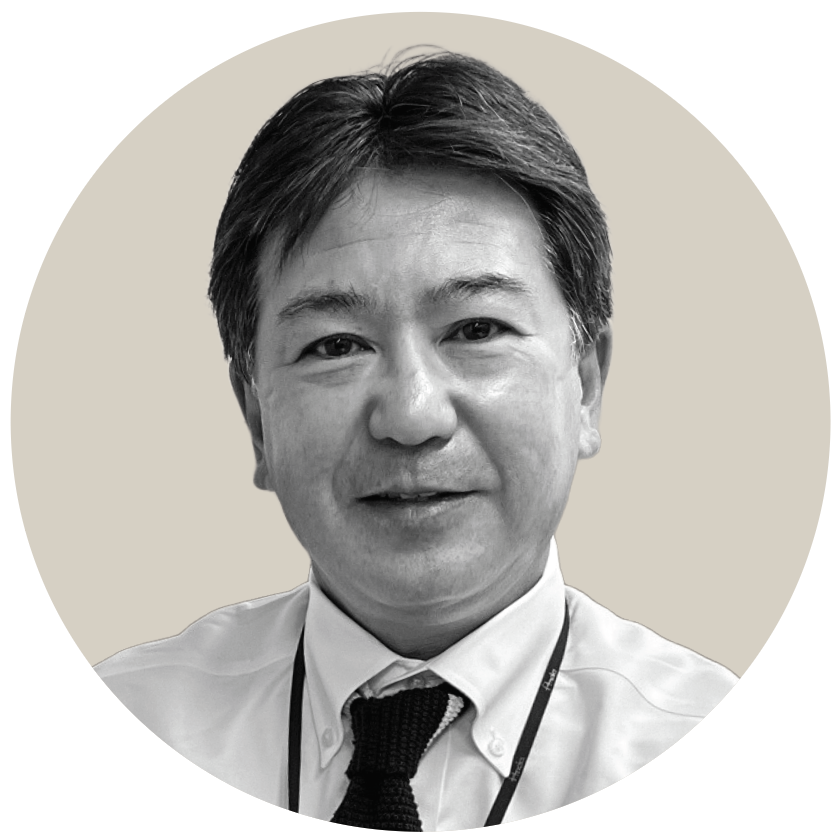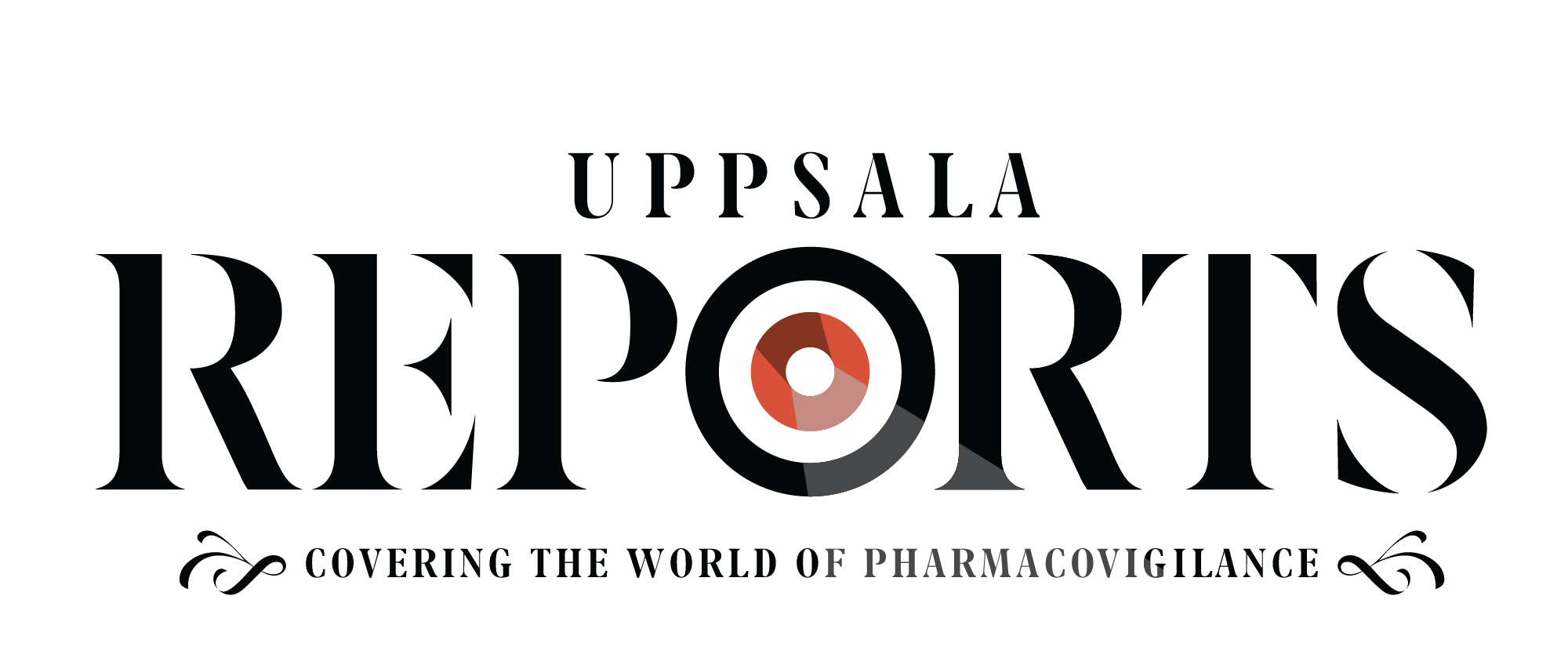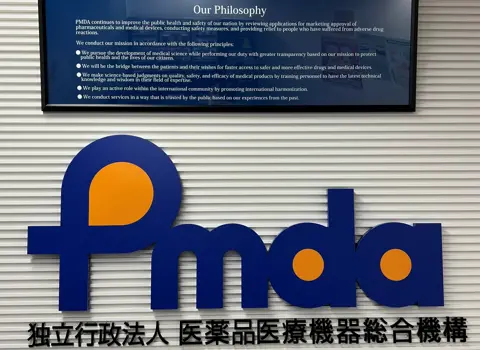Notices regarding safety measures, such as the "Dear Healthcare Professionals Letter of Rapid Safety Communication" and "Revisions of Precautions", issued by MHLW, are posted on both the Japanese and English pages of PMDA‘s website on the day of publication. We will happily inform national regulatory authorities and national pharmacovigilance centres in any country of these notices if they wish: please contact safety.info@pmda.go.jp to receive such notifications.
“PMDA is also working on safety measures using advanced methods for pharmacovigilance.”
In addition to conventional safety measures based on safety reports, as described above, PMDA is also working on safety measures using advanced methods for pharmacovigilance. For instance, PMDA established a large-scale medical information database called MID-NET® (Medical Information Database Network (only in Japanese)) to evaluate the safety of drugs based on large-scale medical information collected in the real-world setting using pharmacoepidemiological methods, and uses the results for implementing safety measures for drugs.
In 2020, based on analytical results of the MID-NET® data, the section of precautions in the prescribing information was revised regarding the increased risk of thrombocytopenia due to pegfilgrastim, a G-CSF preparation. The result of the analysis was also published in the journal Clinical Pharmacology & Therapeutics (Clin Pharmacol Ther 110, 473-9, 2021).
In 2015, PMDA established the Asia Training Center, which offers a variety of training, primarily for regulatory authorities in Asia. Pharmacovigilance related training is typically held in January. Please check PMDA’s website regularly if you are interested.
PMDA envisages no major changes in its approach for the time being and will sustain its contribution to the improvement of the global healthcare environment as well as the health and hygiene of Japanese citizens through safer and more effective use of pharmaceuticals and medical devices. We look forward to another 50 years as a key player in international pharmacovigilance.



